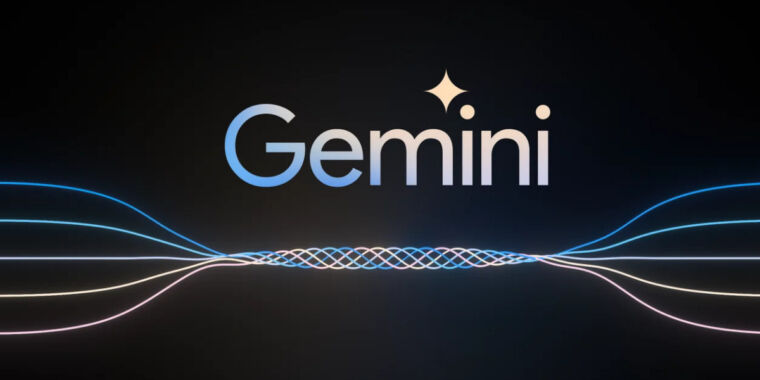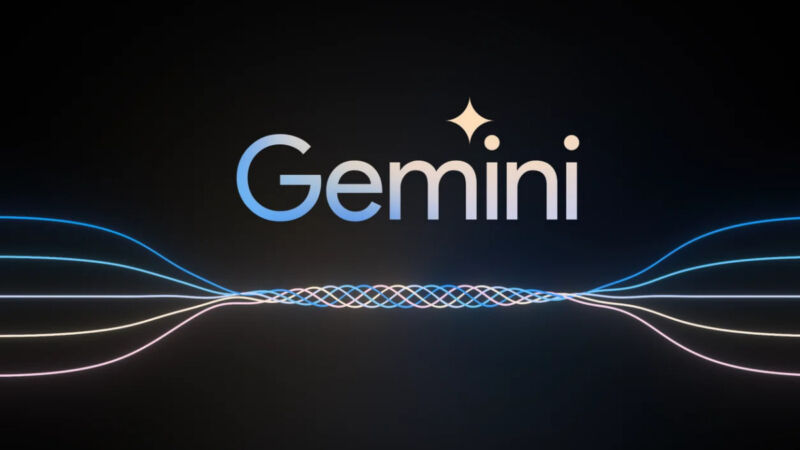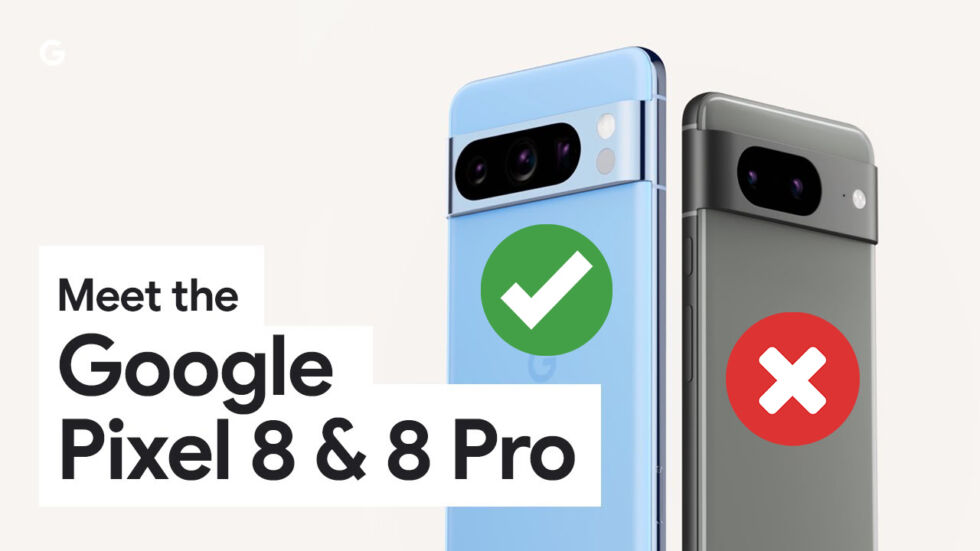Google’s Pixel 8 series gets USB-C to DisplayPort; desktop mode rumors heat up
You would think a phone called “Pixel” would be better at this —
Grab a USB-C to DisplayPort cable and newer Pixels can be viewed from your TV or monitor.
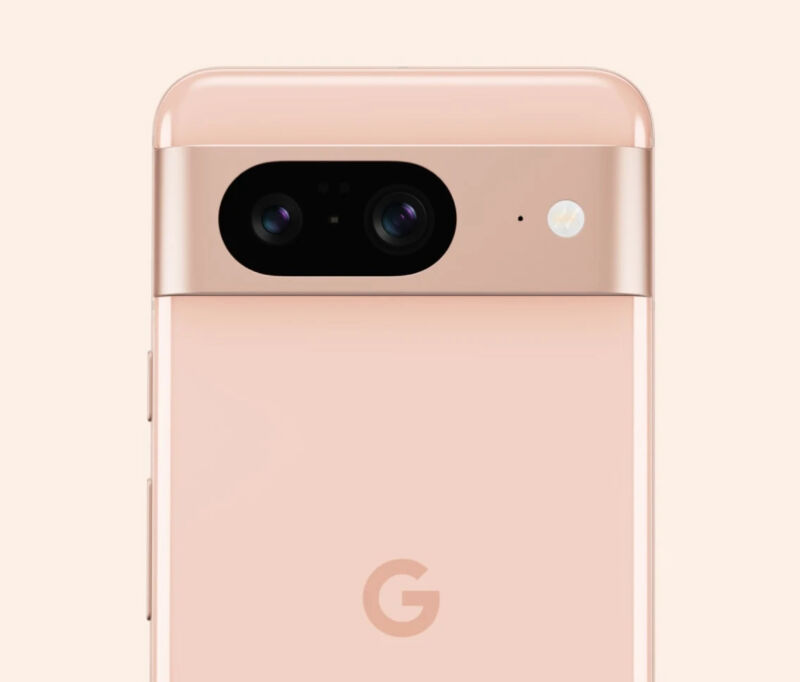
Enlarge / The Pixel 8.
Google’s June Android update is out, and it’s bringing a few notable changes for Pixel phones. The most interesting is that the Pixel 8a, Pixel 8 and Pixel 8 Pro are all getting DisplayPort Alt Mode capabilities via their USB-C ports. This means you can go from USB-C to DisplayPort and plug right into a TV or monitor. This has been rumored forever and landed in some of the Android Betas earlier, but now it’s finally shipping out to production.
The Pixel 8’s initial display support is just a mirrored mode. You can either get an awkward vertical phone in the middle of your wide-screen display or turn the phone sideways and get a more reasonable layout. You could see it being useful for videos or presentations. It would be nice if it could do more.
Alongside this year-plus of display port rumors has been a steady drum beat (again) for an Android desktop mode. Google has been playing around with this idea since Android 7.0 in 2016. In 2019, we were told it was just a development testing project, and it never shipped to any real devices. Work around Android’s desktop mode has been heating up, though, so maybe a second swing at this idea will result in an actual product.
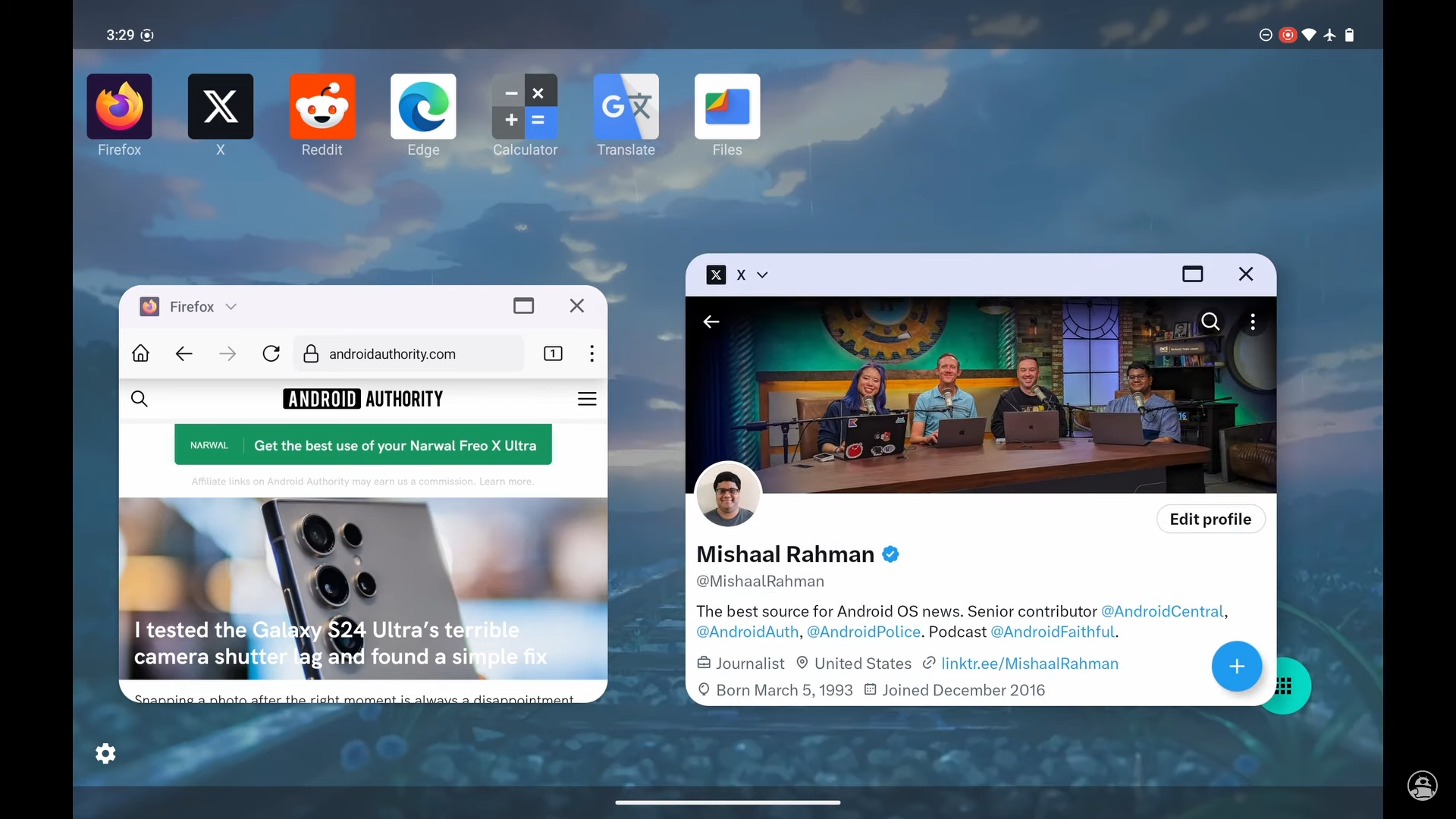
Android 15’s in-development desktop mode.
Android Authority’s Mishaal Rahman has been tracking down the new desktop mode for a while now and now has it running. The new desktop mode looks just like a real desktop OS. Every app gets a title bar window decoration with an app icon, a label, and maximize and close buttons. You can drag windows around and resize them; the OS supports automatic window tiling by dragging to the side of the screen; and there’s even a little drop-down menu in the title bar app icon. If you were to turn that on with Tablet Android’s bottom app bar, you would have a lot of what you need for a desktop OS.
Just like last time, we’ve got no clue if this will turn into a real product. The biggest Android partner, Samsung, certainly seems to think the idea is worth doing. Samsung’s “DeX” desktop mode has been a feature for years on its devices.
DisplayPort support is part of the June 2024 update and should roll out to devices soon.
Google’s Pixel 8 series gets USB-C to DisplayPort; desktop mode rumors heat up Read More »
